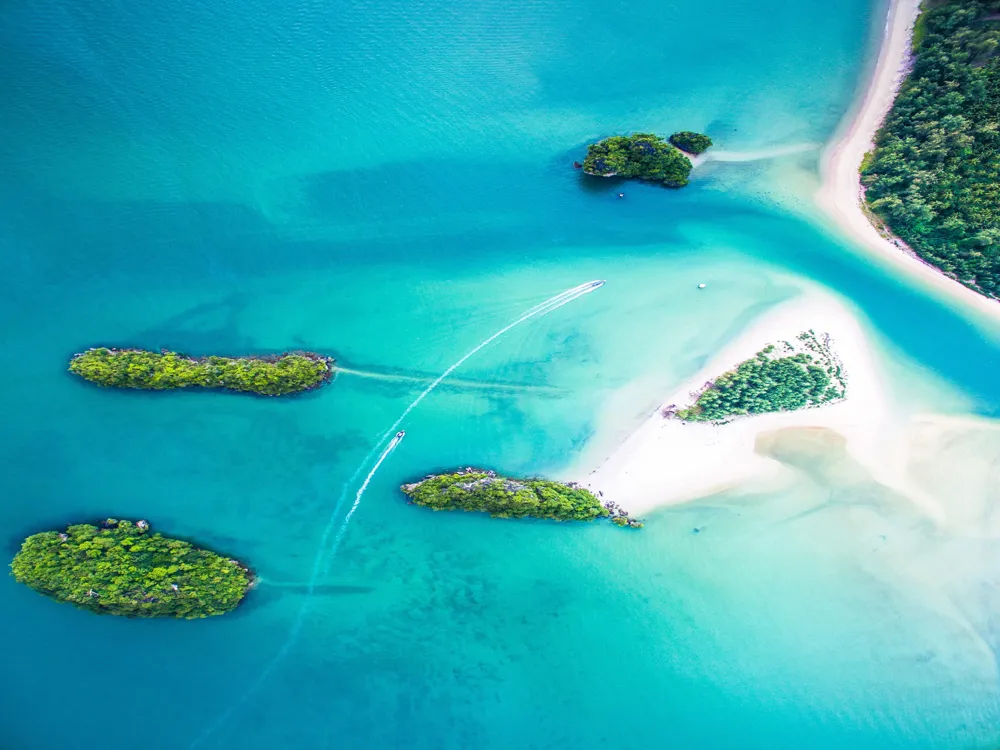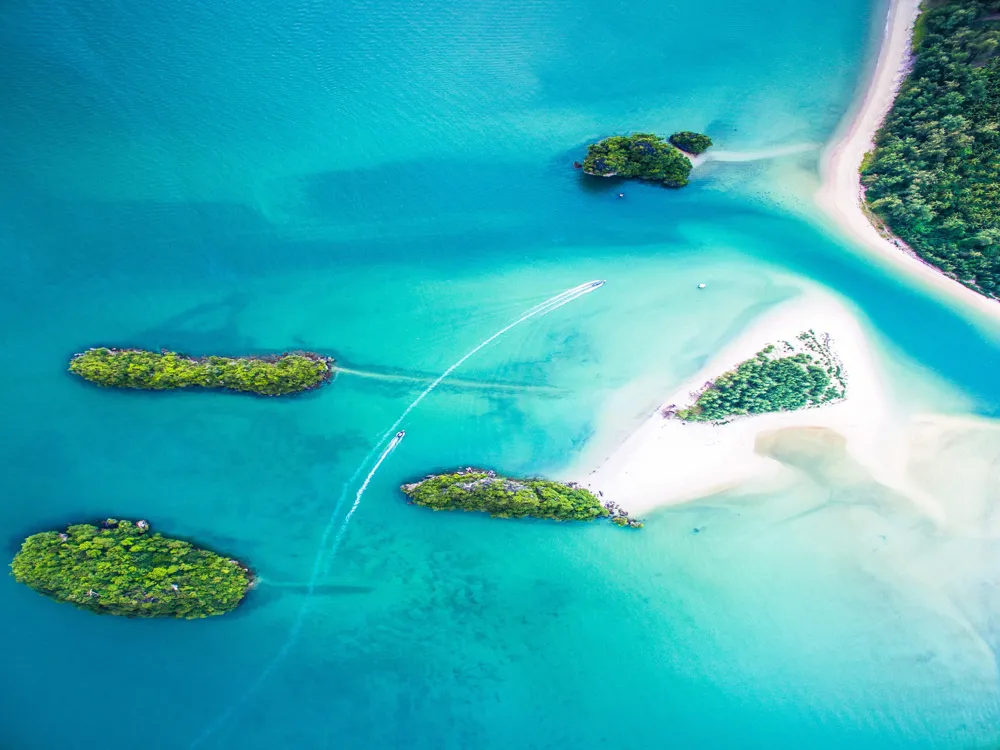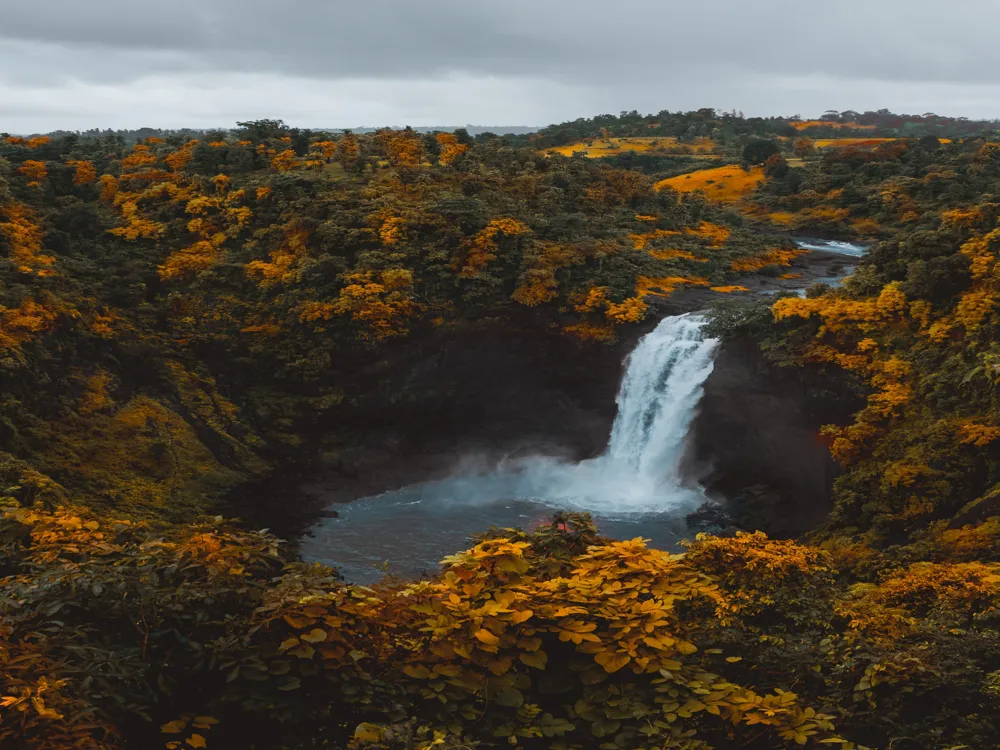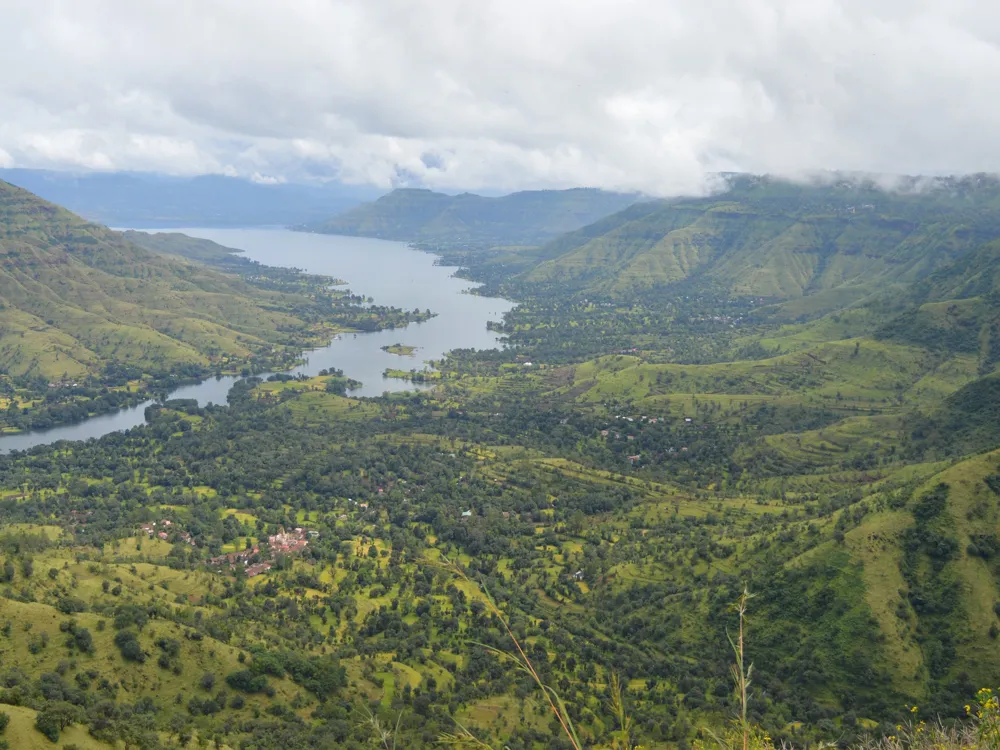The limestone caves in Andaman, located in the Andaman and Nicobar islets, a Union Territory of India, present a mesmerising natural wonder, attracting callers from around the world. These caves are primarily formed from limestone, a sedimentary gemstone composed substantially of calcite. Over millions of years, the grim work of water and geological conditioning has carved these caves into spectacular arrangements. The Limestone Caves in Andaman are an architectural phenomenon, not man-made but sculpted by nature itself. The caves parade a variety of speleothems( delve conformations) that are formed by the deposit of minerals from water. The most common formations set up in these caves are stalactites, which hang from the ceiling, and stalagmites, which rise from the ground. These conformations frequently meet to produce pillars and columns that add to the majesty of the caves. Before you visit the Limestone Caves in Andaman, it's important to plan your trip well. Check the weather conditions, and aim to visit during the dry season. Ensure you have a local guide with you, as the terrain can be challenging to navigate. Carry light and comfortable clothing, sturdy footwear, and a hat or cap for sun protection. Don't forget to bring water, snacks, and a first-aid kit. A camera is a must-have to capture the stunning beauty of the caves. Respect the natural environment of the caves. Do not touch or damage the formations, and avoid leaving any litter behind. Stick to the designated paths to minimise your impact on the ecosystem. To reach the limestone grottoes in Andaman, callers generally start their trip from Port Blair, the capital megacity of the Andaman and Nicobar islets. From Port Blair, one can travel by road to Baratang Island, which involves crossing a strait on a vehicle ferry. Previously at Baratang, the trip continues with a fascinating boat lift through mangrove creeks, followed by a short journey through the timber to reach the grottoes. The trip itself is an adventure, offering glimpses of the rich biodiversity and unique geographies of the Andaman islets. Read More: Andaman Nicobar Islands Tourism Best Time to Visit Andaman Nicobar IslandsOverview of Limestone Caves Andaman
The trip to these devils is as fascinating as the destination itself. Positioned amidst the lush green timbers of Baratang Island, they're accessible by a combination of road and boat trips, offering an audacious experience to callers. The journey through the thick tropical timbers leading to the caves is a pleasurable experience for nature suckers and raspberry watchers.
Inside the caves, the stalactite and stalagmite conformations are a sight to behold. These natural structures have evolved over centuries and form intricate patterns and shapes. Some of these act as popular numbers and objects, kindling the imagination of callers. The play of light and shadow within the caves adds to the mystical air, making it a shooter’s paradise.
The limestone caves of Andaman aren't just a sightseer magnet but also hold significant geological and ecological significance. They offer perceptivity into the earth’s history and are a testament to nature’s cultural prowess. Conserving these natural prodigies is of utmost significance, and the original authorities have put in place measures to insure their protection.Architectural Marvel of Limestone Caves, Andaman
The process of forming these caves is slow and takes thousands to millions of times. The limestone, being answerable in water, especially acidic water, gradationally dissolves, forming the caves. Rainwater, absorbing carbon dioxide from the air and the soil, becomes slightly acidic and, upon percolating through the limestone, erodes it over time, creating these magnificent structures.
The colour and texture of the conformations within the caves vary depending on the minerals present in the water that flows through them. This results in a range of tinges, from pure white to rich browns and reds, adding to the visual appeal of the caves. The intricate patterns and shapes formed by the sopping water are a testament to the slow yet important force of nature.
While these caves are a natural miracle, the original authorities and conservationists have worked to make them accessible while conserving their pristine beauty. Rustic walkways and minimum lighting have been installed to insure caller safety and minimise the ecological footmark. The preservation efforts also extend to the girding areas, where the greenery and fauna are defended to maintain the ecological balance.Tips When Visiting Limestone Caves Andaman
Planning Your Visit
What to Bring
Environmental Considerations
How To Reach Limestone Caves Andaman
Limestone Caves Andaman
Andaman Nicobar Islands
Union Territory
₹ 14,500 onwards
View andaman-nicobar-islands Packages
Weather :
Tags : Cave
Time Required : December - March
Entry Fee : INR 100
Planning a Trip? Ask Your Question
Andaman-nicobar-islands Travel Packages
View All Packages For Andaman-nicobar-islands
Top Hotel Collections for Andaman-nicobar-islands

Private Pool

Luxury Hotels

5-Star Hotels

Pet Friendly
Top Hotels Near Andaman-nicobar-islands
Other Top Ranking Places In Andaman-nicobar-islands
View All Places To Visit In andaman-nicobar-islands
Faq on Andaman-nicobar-islands
What are limestone caves in the Andaman and Nicobar Islands?
Limestone caves in the Andaman and Nicobar Islands are natural formations carved out of limestone rock over thousands of years through geological processes like erosion and dissolution.
Where are the limestone caves located in the Andaman and Nicobar Islands?
The limestone caves are scattered across various islands in the Andaman and Nicobar archipelago, with notable ones found on Baratang Island and Diglipur.
How are limestone caves formed in the Andaman and Nicobar Islands?
Limestone caves in the Andaman and Nicobar Islands are typically formed by the dissolution of limestone rock by acidic groundwater over millions of years. This process creates intricate cave systems with stalactites, stalagmites, and other unique formations.
What are the popular limestone caves to visit in the Andaman and Nicobar Islands?
The most popular limestone caves to visit in the Andaman and Nicobar Islands include the Baratang Caves and the Alfred Caves in Diglipur. These caves offer visitors a chance to explore stunning geological formations and witness the beauty of nature underground.
Are the limestone caves in the Andaman and Nicobar Islands open to the public?
Yes, many of the limestone caves in the Andaman and Nicobar Islands are open to the public for exploration. However, it's advisable to check with local authorities or tour operators for accessibility and safety guidelines before planning a visit.
View andaman-nicobar-islands Packages
Weather :
Tags : Cave
Time Required : December - March
Entry Fee : INR 100
Planning a Trip? Ask Your Question
Andaman-nicobar-islands Travel Packages
View All Packages For Andaman-nicobar-islands
Top Hotel Collections for Andaman-nicobar-islands

Private Pool

Luxury Hotels

5-Star Hotels

Pet Friendly
Top Hotels Near Andaman-nicobar-islands
Other Top Ranking Places In Andaman-nicobar-islands
Faq on Andaman-nicobar-islands
What are limestone caves in the Andaman and Nicobar Islands?
Limestone caves in the Andaman and Nicobar Islands are natural formations carved out of limestone rock over thousands of years through geological processes like erosion and dissolution.
Where are the limestone caves located in the Andaman and Nicobar Islands?
The limestone caves are scattered across various islands in the Andaman and Nicobar archipelago, with notable ones found on Baratang Island and Diglipur.
How are limestone caves formed in the Andaman and Nicobar Islands?
Limestone caves in the Andaman and Nicobar Islands are typically formed by the dissolution of limestone rock by acidic groundwater over millions of years. This process creates intricate cave systems with stalactites, stalagmites, and other unique formations.
What are the popular limestone caves to visit in the Andaman and Nicobar Islands?
The most popular limestone caves to visit in the Andaman and Nicobar Islands include the Baratang Caves and the Alfred Caves in Diglipur. These caves offer visitors a chance to explore stunning geological formations and witness the beauty of nature underground.
Are the limestone caves in the Andaman and Nicobar Islands open to the public?
Yes, many of the limestone caves in the Andaman and Nicobar Islands are open to the public for exploration. However, it's advisable to check with local authorities or tour operators for accessibility and safety guidelines before planning a visit.






















